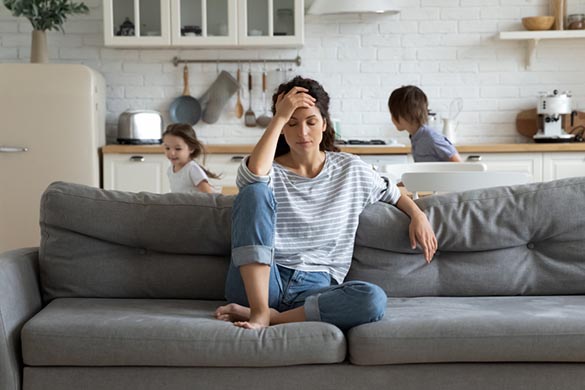
2020 began, like most years, with an eye to better things. But then the reports of a virus coming from China and sweeping around the world began to dominate the news cycles. Early on, we watched the horrible stories filter out of places like Italy and Iran. But then it started to get closer to home. And, as the threat grew, more and more Americans were told to stay at home and the country largely came to a standstill. After more than two months, or even more in some regions, we are finally starting to open up the economy and people are slowly trying to get back to doing things that, just a few weeks ago, seemed like they would never come again.
The question is whether or not people are leaving their homes more is just a natural reaction to being told that it’s safer now or if it is a basic instinct that is forcing us back into the world even though we know that the threat still exists? For those who believe in the latter, some are calling it “Lock Down Fatigue.” The second question is whether or not it’s a real thing?
The Instinct For Survival
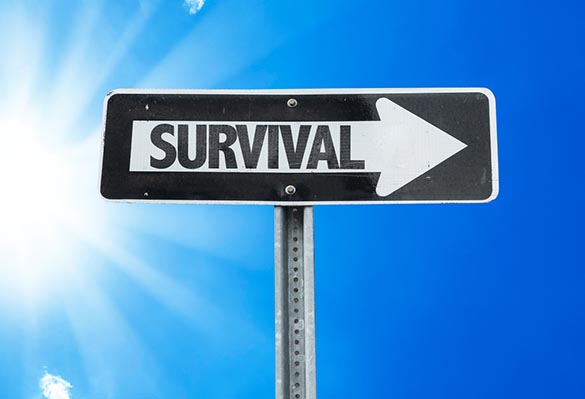
Back when we all first started hearing about the deadly virus and the number of cases in the United States started to climb alarmingly and the death toll began to increase at an even more alarming rate, most people understood that the decisions by various states to order the closure of so many businesses and for people to go home and stay there, our basic instinct for survival kicked in on a societal level. Then, as we all realized that not working meant not getting paid, we looked to the federal government to help us. There were weeks of debate followed by multiple bills that propped up many businesses and industries that were considered vital and checks were sent out directly to supposedly most individuals who met the criteria as workers. But, for most of us, that all starts to feel like a distant memory as the lockdowns dragged on in many states.
For some the frustration of not being able to live their normal lives boiled over fairly quickly and we started to see small but boisterous demonstrations in several states. A lot of people thought this was rather alarming in itself in the fact that most of these protestors did not seem to be taking the threat of COVID-19 very seriously.
First, there were protests where the participants were blatantly flouting the guidance from the Centers for Disease Control by not wearing masks in a crowd or even attempting to practice social distancing. There were even several media interviews with these protestors that demonstrated that a number of them believed that the coronavirus was a hoax. No matter what they believed on that front, the protesters all agreed that being forced to stay at home was a violation of their rights.
Fatigue Versus Fatalities
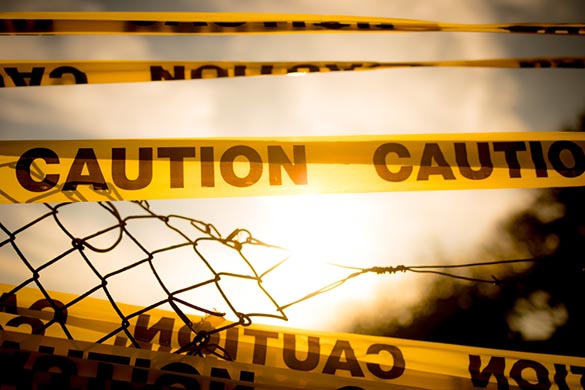
The push to reopen the country has been a mix of the desire by government officials and business leaders to get the economy back up and running and the desire of the average American to get back living at least a semi-normal kind of life. However, there are trade-offs in this endeavor as we are now seeing a significant rise in the number of COVID-19 cases and deaths in parts of the country that, at first, had escaped the early outbreak. And, as a result, many officials are now scrambling to strike a balance between the need to stop the bleeding in our economy and the need to protect as many citizens as possible.
The Next Step In The Fight
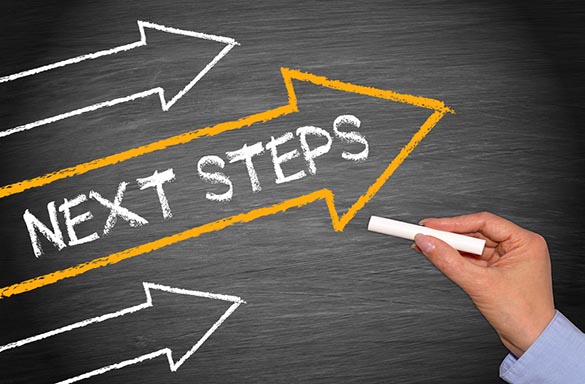
The biggest problem that faces us as we try to recover from the crisis brought on by the coronavirus is the fact that testing has always been spotty at best and continues to be that way. Without a strong program designed to locate and isolate those who are carrying the virus, we will not likely be able to slow down the rate of infections. And, as the virus and the number of cases increases in more rural parts of the country, we will likely find more instances of hospitals reaching or even surpassing their capacity to care for those with the most serious levels of infections. If this scenario plays out in this way we could be facing a crisis that could send many parts of the country scrambling back inside and causing the closure of many businesses once again.
At this time, it seems that a program for mass testing and isolation of the infected is not going to happen at anywhere near the level that experts agree will be necessary to significantly slow the spread of the virus.
Vaccines And Treatments

The real end to any need for lockdowns, social distancing, mask-wearing, and other types of precautions won’t come until we have a vaccine that is proven to be safe, effective and that can be widely produced and distributed. Short of that, we may yet develop some treatments or therapies which can prevent a significant amount of deaths from coronavirus and which would allow the vast majority of us to return to something akin to normal. Until either of these things happens we are all likely to be facing a long extension of life as we know it now.
The good news is that numerous entities are pursuing a variety of potential vaccines. And, recent reports are that some of them may be available for widespread use as early as by the end of this year. Still, this seems like a long shot.
The Fatigue Factor
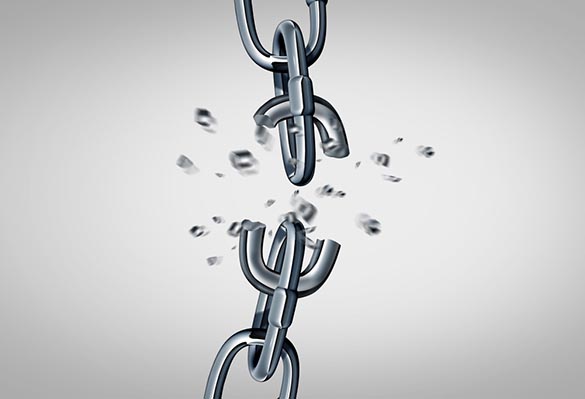
As the world continues to struggle with the effects of coronavirus we see more and more evidence that it is not just the restrictions that are creating a sense of fatigue among the population. Researchers are now telling us that the very fact that we have to live with a constant concern, if not fear, of contracting a potentially deadly disease wherever we go and with whatever we do, is taking its toll on the psyche of many millions of people. This has led to a vast increase in the number of cases of depression and anxiety which has taken its toll. Add to that the stress and concern over financial issues and what one gets is a toxic brew of worry and uncertainty.
When we consider that the pandemic, which has caused hundreds of thousands of deaths around the world in more than a hundred thousand in the United States in just a few months with no end in sight, it’s easy to see how this kind of disruption to the economy and our lives in general for months on end would eventually lead to a sense of fatigue that could manifest itself in many ways.
Take the lockdown, the economic collapse that resulted from it, the reopen protests, the protests erupted in the wake of the police killing of the black man in Minneapolis and the police and government’s reaction to it all and what you have is a very real and understandable sense of frustration and fatigue.
The good news is that recent reports from health experts have shown that outdoor activities and the proper use of masks appears to have a profound effect in preventing the spread of COVID-19. What this means is that, if we use some common sense and good preventative practices we may be able to avoid future lockdowns and mental and physical fatigue that comes with it.
For more information on high-quality face masks click here.






